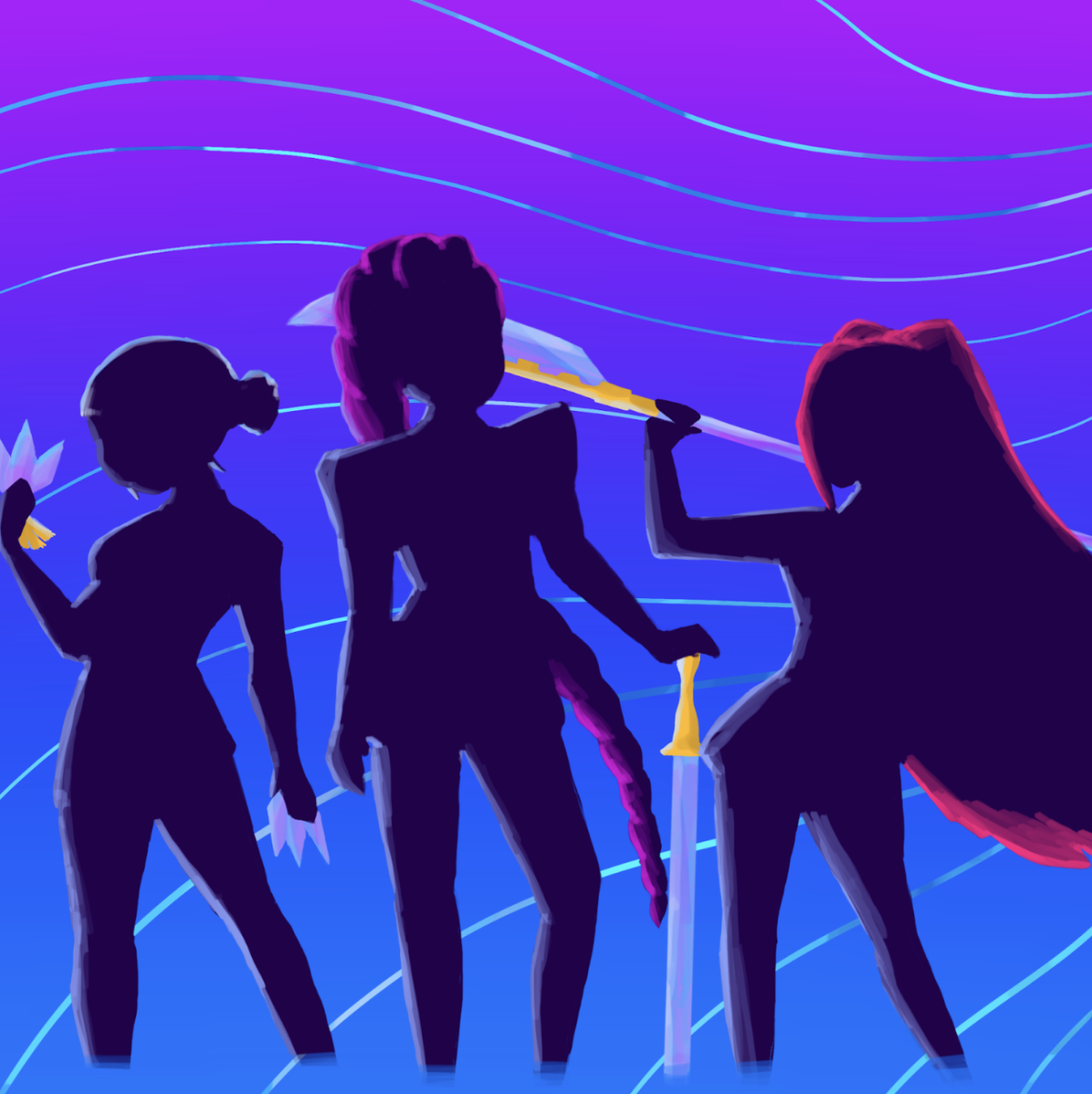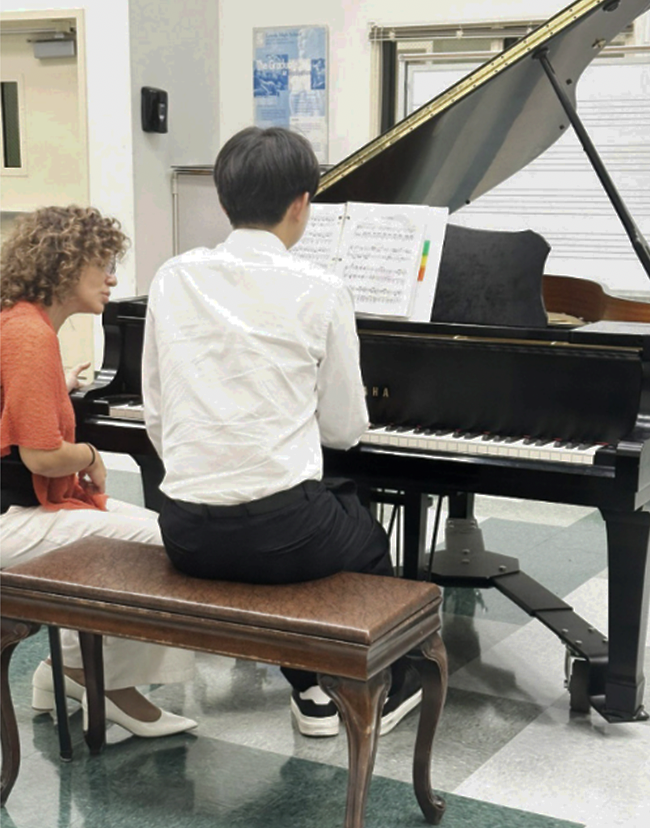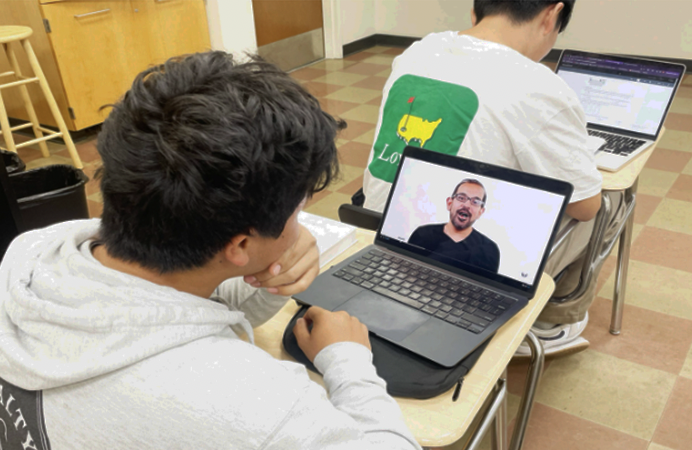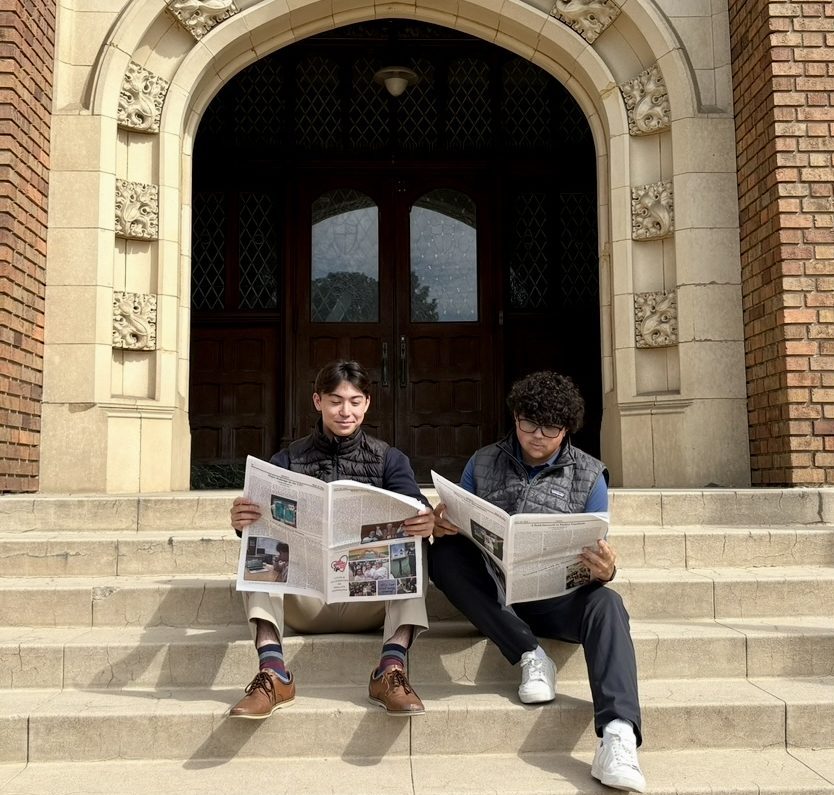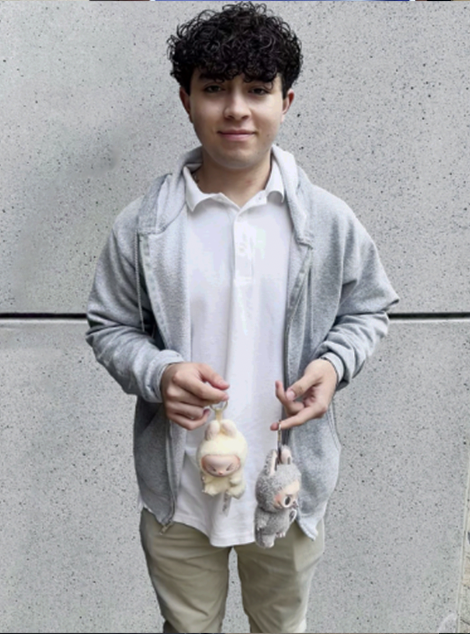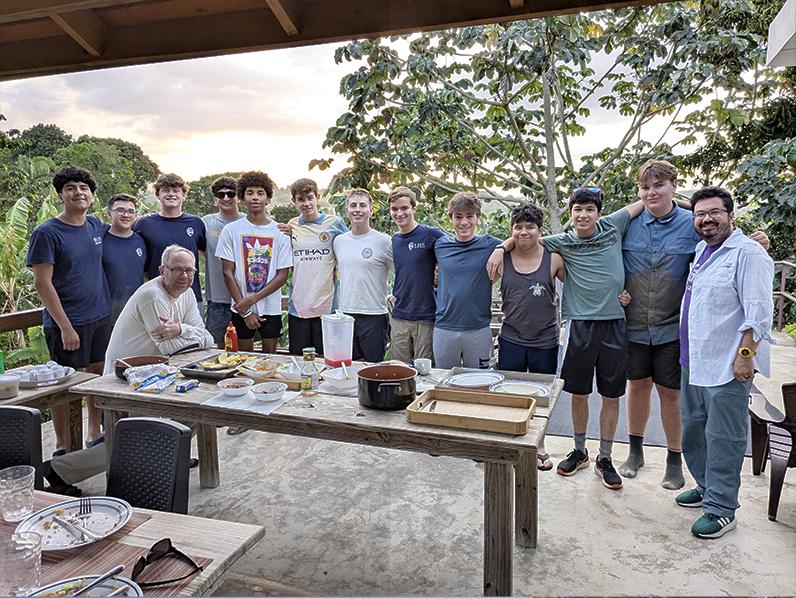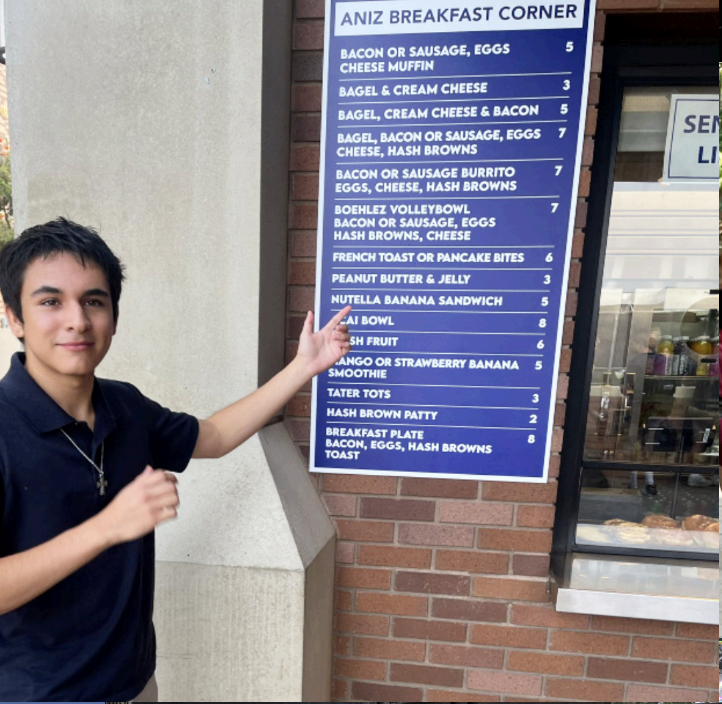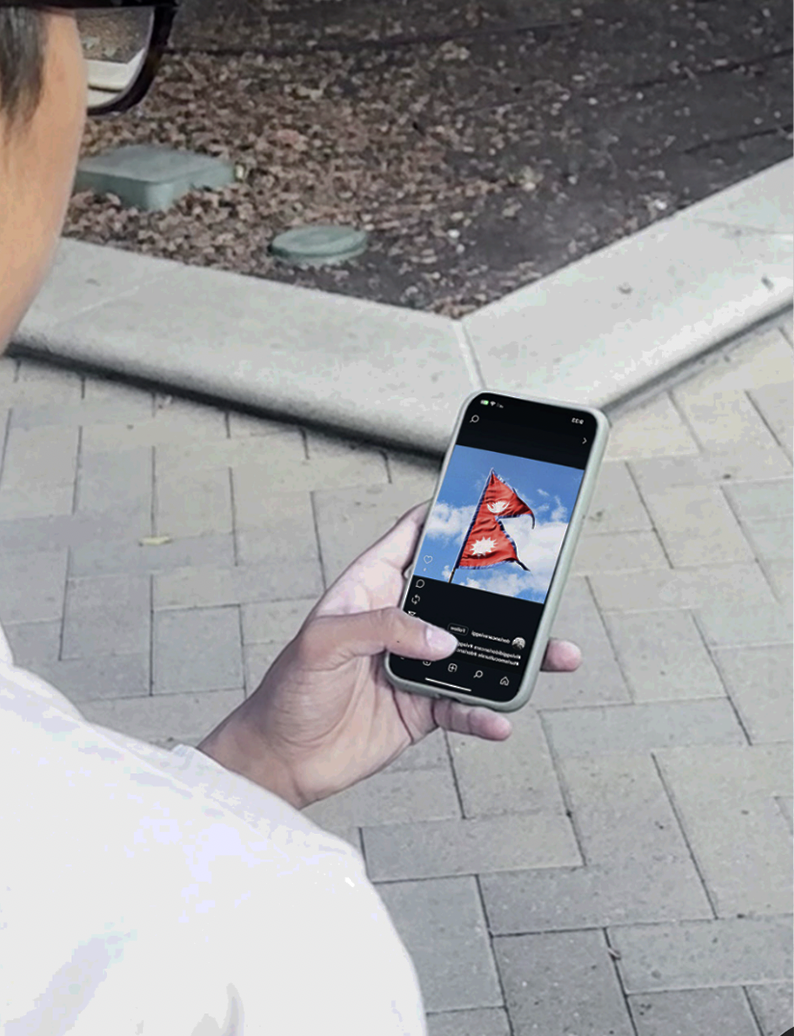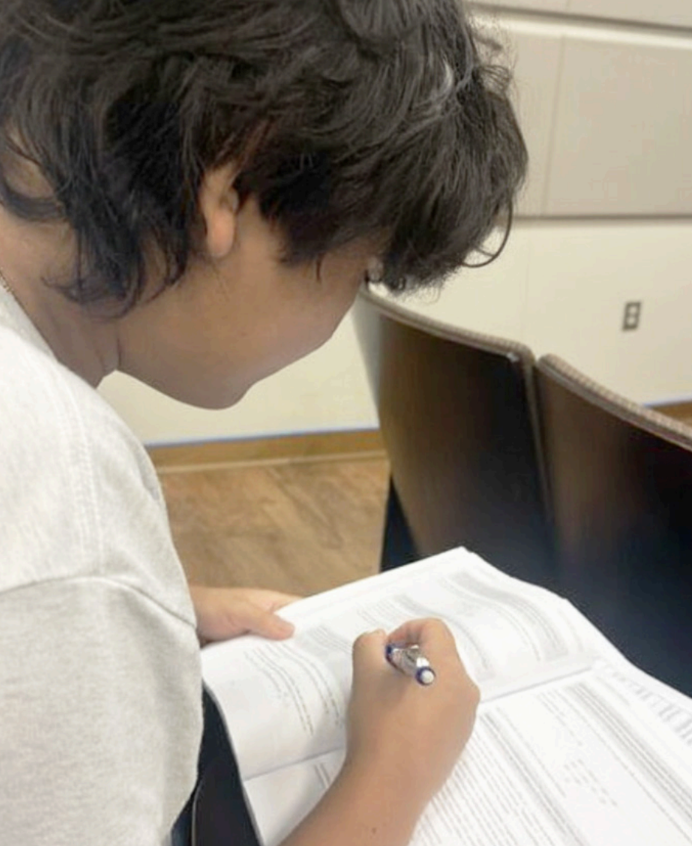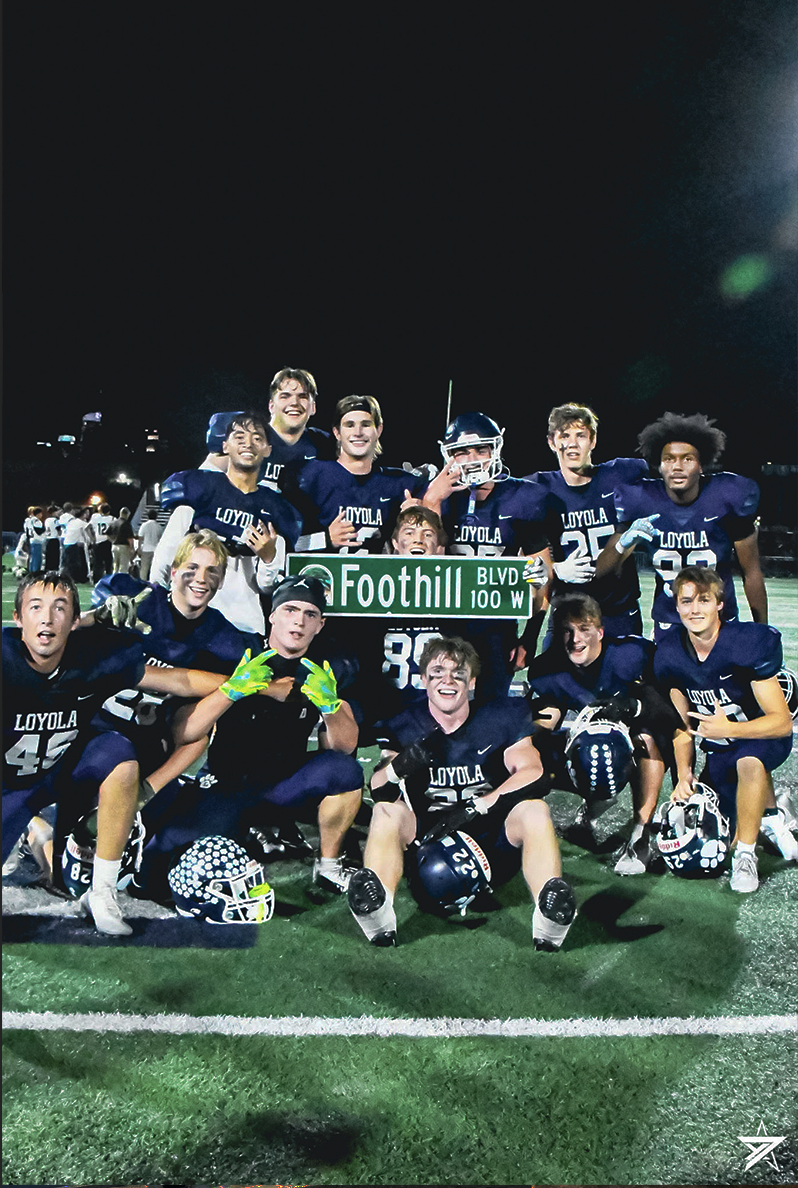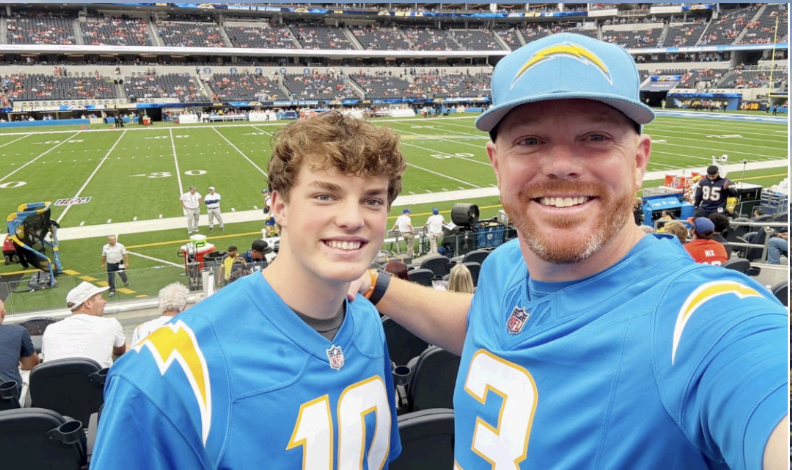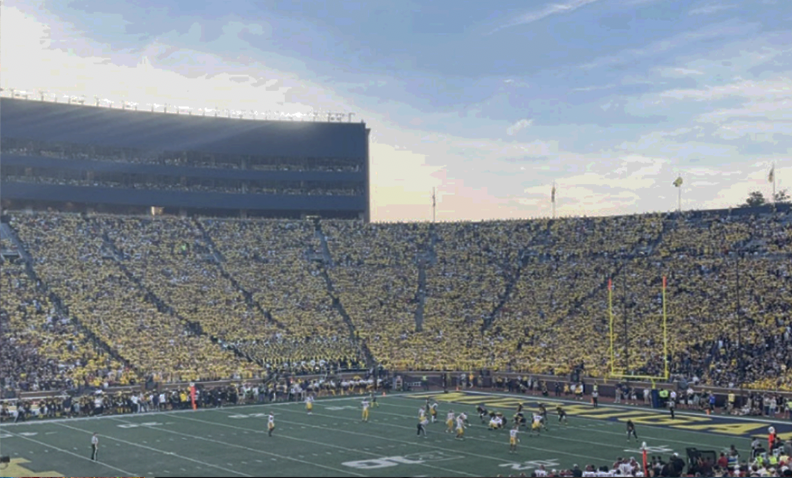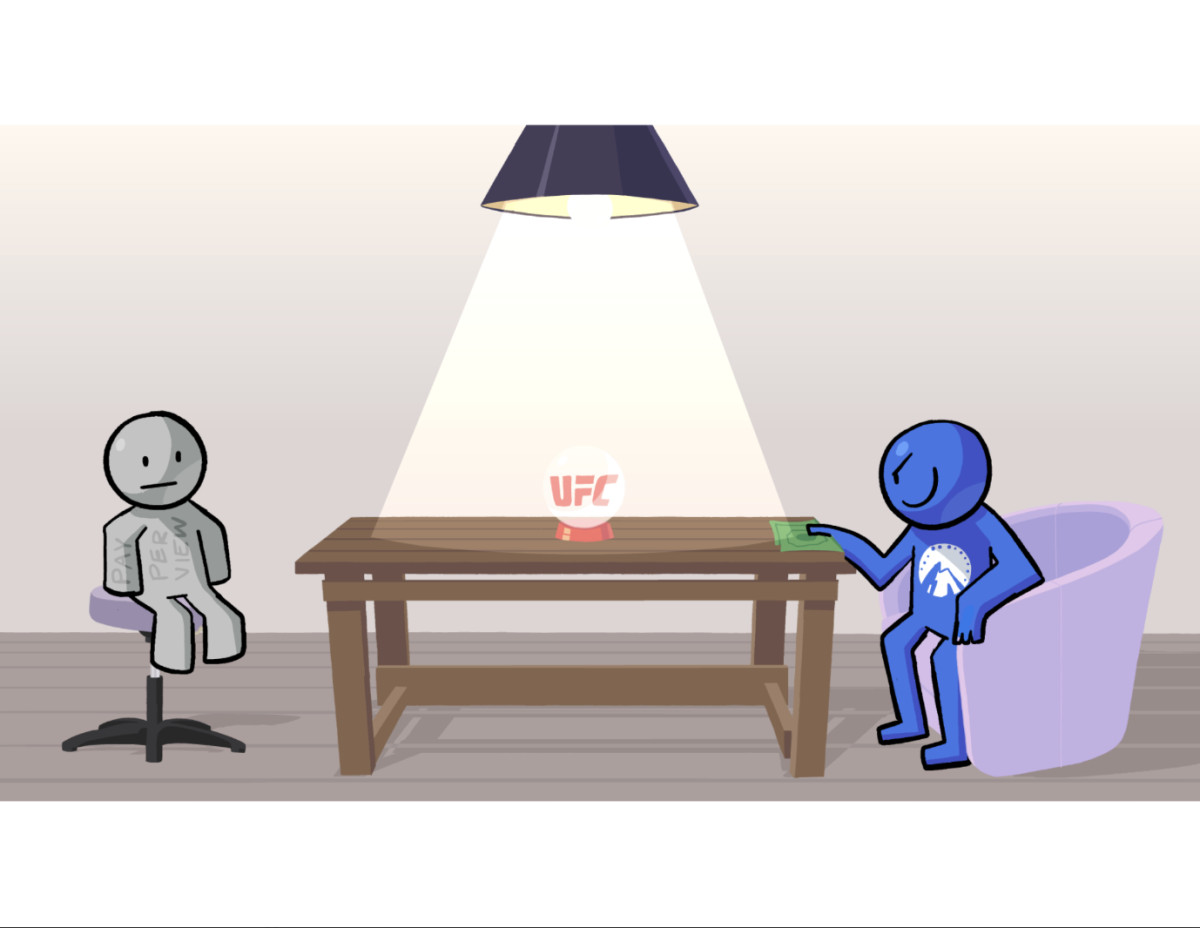At first glance, “Girl Dinner” may sound like just another fleeting TikTok trend. But beneath its quirky name lies a cultural moment that reflects both the exhaustion and resilience of young people today. Though still largely unknown among Loyola students, the trend has become a symbol of self-care for many, while also raising questions about nutrition, social media and body image.
The term was coined in spring 2023 by TikTok creator Olivia Maher, who posted a video showing a modest meal: cheese, bread and wine—what she called a “Girl Dinner.” It wasn’t gourmet, just whatever was in the fridge. Comforting, low-effort and honest. Soon a flood of similar videos: chaotic snack plates, small portions and nostalgic bites framed as a break from the pressures of adult life.
“It started as a sort of diet trend,” said Bradley Wong ’26, who heard about Girl Dinner from his cousin. “But then it became a joke—girls posting one crumb or some really weird combo of food. Now, it’s like whatever random meal you throw together that feels kind of nice.”
Though many portrayals of Girl Dinner are meant to be humorous, some observers have raised concerns. These tiny meals, often posted for laughs, can unintentionally glamorize restrictive eating—especially for impressionable viewers.
“In today’s social media world, a lot of girls already feel pressure around eating,” said Sophia Orial, a sophomore at La Salle High School. “When they see these tiny meals with almost no nutritional value, they might think that’s what’s normal or expected. But that’s not what Girl Dinner was meant to be.”

At its core, the trend reflects how overwhelmed many young people—especially women—feel. When grocery shopping is a luxury and cooking feels impossible after a long day, throwing together a snack plate can be a quiet act of care.
“I think Girl Dinner resonates with people in their 20s and 30s because adulting is genuinely hard,” said Cura Program Director Kaitlin Collins. “When you’re working, studying, juggling responsibilities, sometimes you just forget to eat. And then when you remember, the last thing you want to do is cook a full meal. So an ‘adult Lunchable’ becomes the solution.”
Meanwhile, a similar trend known as “Boy Dinner” has emerged, often showcasing a different kind of chaos: microwave meals, takeout from Z’s, or leftovers from local staples like Dino’s or Papa Cristo’s—which, to many students’ disappointment, will close on May 4.
Though the branding differs, the impulse is the same: making do with what you have and finding a moment of comfort in the process. Even if most Loyola students haven’t posted a Girl Dinner on TikTok, the experience is familiar—grabbing whatever’s on hand after a long day, not for likes, but because that’s all you have energy for.
In that sense, Girl Dinner is more than a meme. It’s a glimpse into how young people are navigating independence, anxiety and the search for balance.
But like many trends, the line between self-care and self-denial can blur. While Girl Dinner began as a celebration of simplicity, it risks being misunderstood as a model for eating, especially when humor masks unhealthy habits.
Ultimately, Girl Dinner reflects the busyness, stressfulness and resourcefulness of this generation’s reality. Whether it’s a snack plate, a microwaved quesadilla or a final trip to Dino’s, a meal thrown together can be a small but significant victory in a long day.


